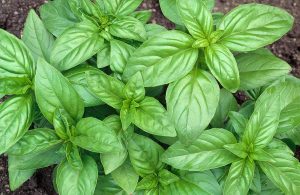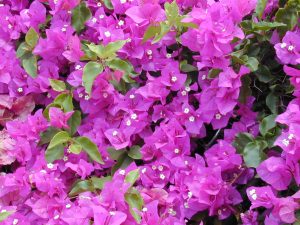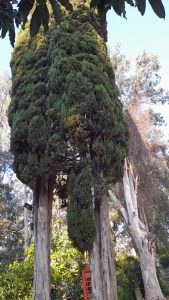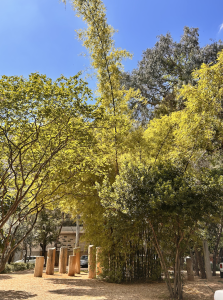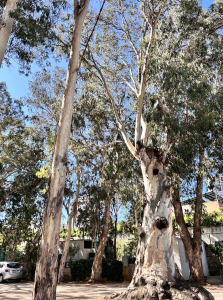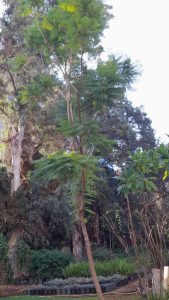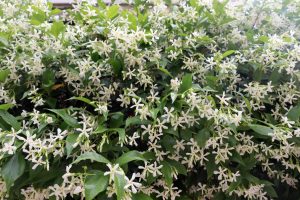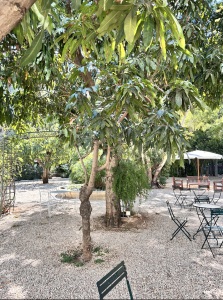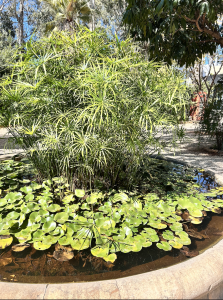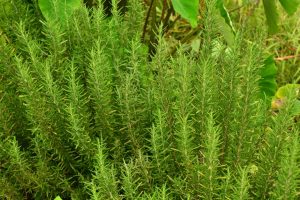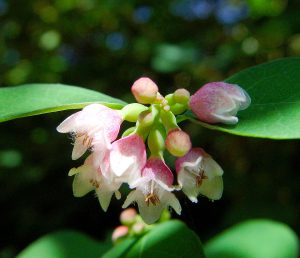The Garden: Plants & Poetry
Far from this World
Here, the rooster’s song cuts through the silence;
At dawn, the soft chirping of birds
Awakens hope. The tall palm tree,
Soars in the middle of the garden.
The godly sun climbs in the blue sky;
Each morning rising from the jasmine,
To retire—bountiful— at dusk
In the rosebush that lines the path.
Today is yesterday, and yesterday is tomorrow,
For everything here seems eternal!… If only,
In your image you had made me God,
I would so dearly wish, lost in this grove,
Like the flower, the fruit, the branch and the foliage,
To have the soul of a plant, not human at all!…
February 1940. Published in La Montagne Parfumée. Editions de la Revue Phénicienne, 2004.
In the 1920s, Charles Corm acquired a large piece of land connecting the port of Beirut to the roads leading to Syria and Palestine. He built the first skyscraper in Lebanon as the headquarters of the Ford agency for the Levant while the adjoining land served to assemble the cars.
At the age of 40, he left the world of business for writing and philanthropy. He published The Hallowed Mountain (1934), founded the Society of the Friends of Trees (1936) and dedicated two poetry collections to the world’s fauna and flora: The Sentimental Cosmogony (1909-59) and The Fragrant Mountain (1930-40).
The building was transformed into a family residence and the grounds into a lush garden filled with flowers, palm and mango trees, bordered by eucalyptus and bougainvillea. In this natural setting lived gazelles, immortalized by the brushstrokes of Omar Onsi. Another artist, the sculptor Youssef Hoayek would have his studio within the garden and many of his works can still be seen today.
Corm passed away in 1963. His family remained in the house until the 1975 war, when the house standing on the front line was occupied and vandalized.
In 2008, the family created the Charles Corm Foundation to preserve the Art Deco building and honour the poet’s humanist stance. The garden, which had lost many of its plants during the war, was restored. Started in the 1970s, the nursery - a living memory of the vegetation that once flourished on the site - was revived around the garden's heart. Plants grown here are regularly distributed to municipalities and individuals, with the goal of restoring nature to the land. As one of Beirut’s last remaining green spaces, it has become a refuge for birds, and a family of turtles.
Now at the centre of the Charles Corm Campus, the garden is a harmonious blend of history, nature and a foundation that brings together the intellectual community for a positive and sustainable future.
CLICK ON THE IMAGES BELOW TO FIND OUT MORE ON EACH PLANT AND DISCOVER CHARLES CORM'S BEAUTIFUL NATURE POEMS.


